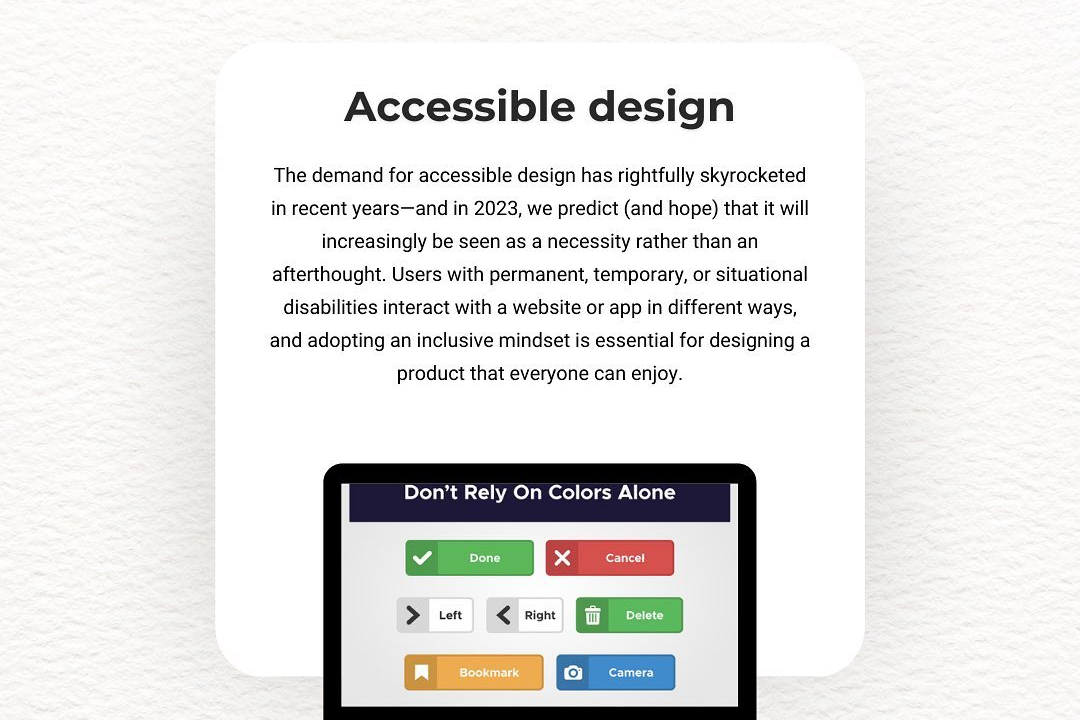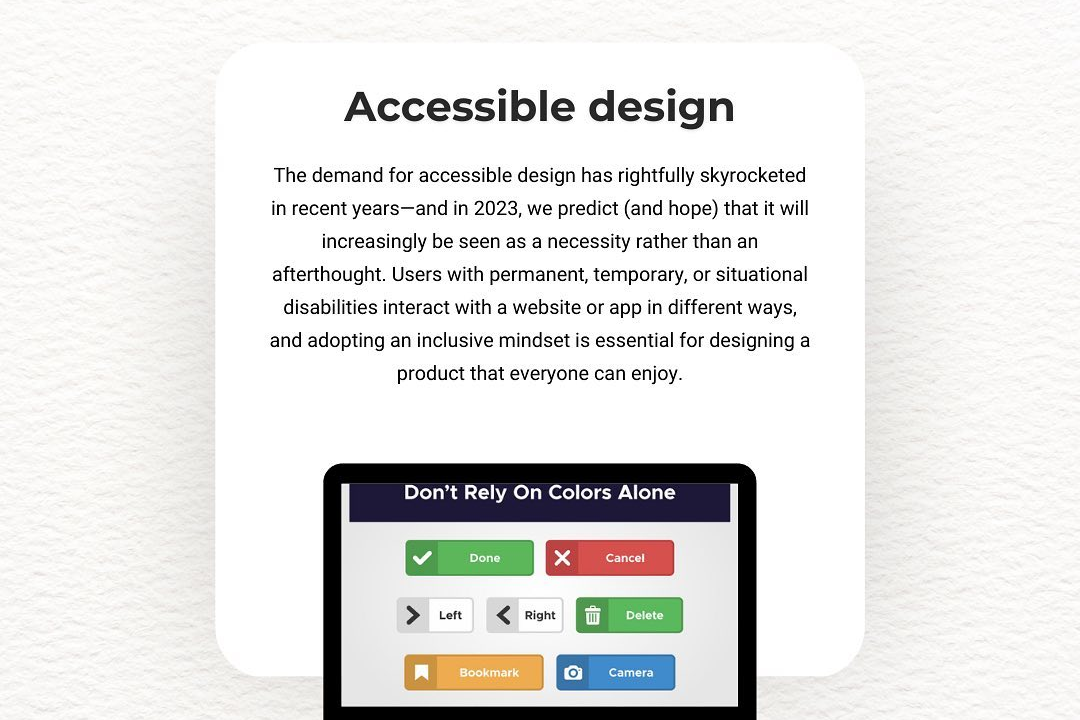iOS Networking
iOS Networking Essentials
iOS Networking
iOS networking refers to the set of APIs and frameworks provided by Apple for developers to enable their apps to communicate over the Internet and local networks. The primary framework for networking in iOS is `NSURLSession`, which allows for tasks like fetching data from URLs, uploading files, and managing downloads through a powerful and flexible API. In addition to `NSURLSession`, developers may also use `Alamofire`, a popular third-party library that enhances networking capabilities with an easier syntax and additional features. iOS networking supports various protocols, including HTTP and HTTPS, and includes built-in support for JSON parsing, data handling, and URL encoding. Developers must also consider best practices for performance, security (e.g., using TLS for secure communication), and handling asynchronous operations to maintain a responsive user experience. Furthermore, Network Framework and Combine are also available for more advanced networking tasks and reactive programming.
To Download Our Brochure: https://www.justacademy.co/download-brochure-for-free
Message us for more information: +91 9987184296
1 - Overview of Networking in iOS:
Understanding the importance of networking in mobile applications, including data retrieval, API interaction, and real time updates.
2) URLSession:
Introduction to URLSession, Apple's primary API for network requests, covering its components such as tasks, delegates, and sessions.
3) Data Tasks:
Exploration of data tasks for fetching data from a URL, explaining how to handle GET and POST requests.
4) Download and Upload Tasks:
Understanding how to download and upload files using URLSession and how to manage these tasks effectively.
5) URLComponents and URLQueryItem:
Usage of URLComponents for constructing URLs, including query parameters for API requests.
6) Handling JSON Data:
Techniques for parsing JSON data returned from APIs, using Swift’s Codable protocol to create model objects.
7) Error Handling:
Best practices for error handling in network requests, including the use of do catch blocks and error types.
8) Asynchronous Networking:
Understanding asynchronous programming, including the use of completion handlers and the importance of maintaining responsiveness in apps.
9) Networking Best Practices:
Discussing best practices for efficient networking, such as minimizing requests, caching strategies, and using Gzip compression.
10) Networking Libraries:
Introduction to popular third party libraries like Alamofire for simplifying network operations and adding advanced features.
11) Security and HTTPS:
Overview of security in networking, including the importance of HTTPS, certificate pinning, and how to handle sensitive data.
12) Reachability:
Understanding how to monitor network reachability using the Reachability class to provide better user experiences.
13) Network Performance Tools:
Tools and techniques for analyzing network performance in apps, including Instruments and debugging tools in Xcode.
14) Background Networking:
Learning about background tasks for performing network requests while the app is in the background, including the use of NSURLSession’s background session.
15) RESTful Services:
An introduction to REST architecture, how to interact with RESTful APIs, and the importance of following REST principles.
16) WebSockets:
Understanding WebSockets for real time communication in applications, discussing use cases and implementation techniques.
17) GraphQL Networking:
Introduction to GraphQL as an alternative to REST, including the advantages of using GraphQL in mobile applications.
18) Testing Network Requests:
Techniques for testing network requests and responses using tools like Postman and XCTest for unit testing in iOS.
19) Handling Multithreading:
Explanation of how to handle multithreading with Grand Central Dispatch (GCD) to keep the UI responsive during network calls.
20) Localization and Networking:
Considerations for localized applications and how networking can be used to deliver different content based on user preferences.
This outline offers a thorough overview of iOS networking, making it a solid foundation for a training program aimed at students interested in mobile app development.
Browse our course links : https://www.justacademy.co/all-courses
To Join our FREE DEMO Session: Click Here
Contact Us for more info:
- Message us on Whatsapp: +91 9987184296
- Email id: info@justacademy.co
Android Project Training In Adilabad












